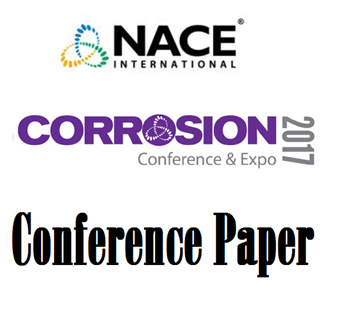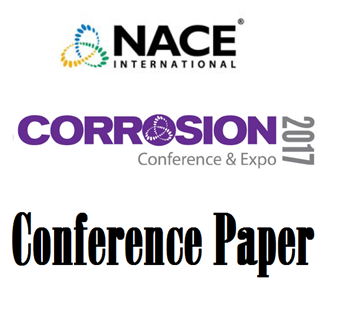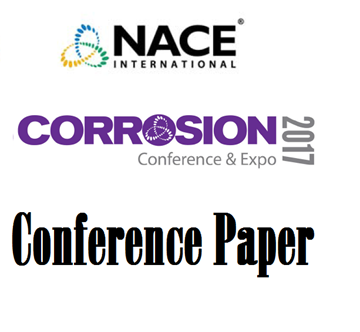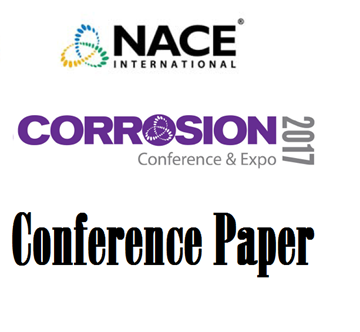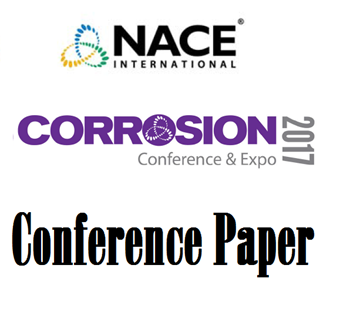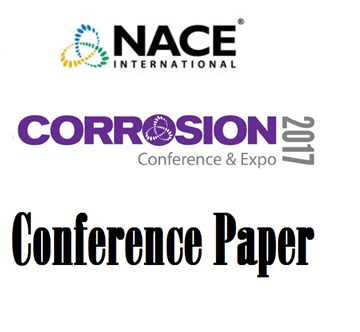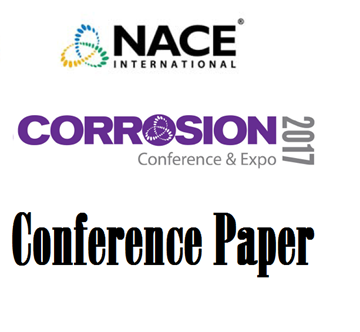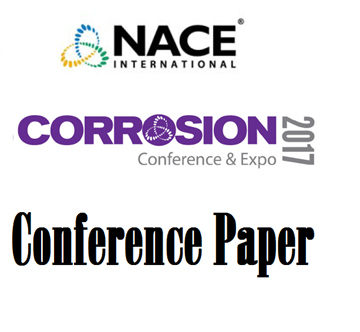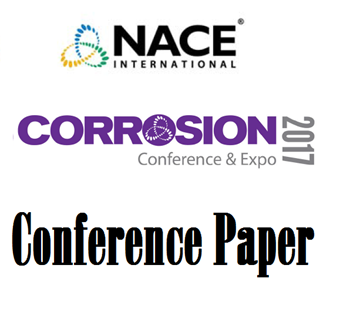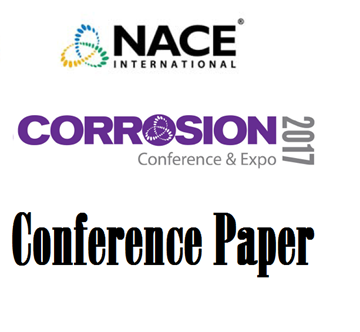Search
Products tagged with '2017 Conference Papers'
View as
Sort by
Display
per page
51317-9363-Surface Chemistry of Iron Sulfide Scale and its Influence on Corrosion occurring underneath
Product Number:
51317-9363-SG
Publication Date:
2017
$20.00
51317--9364-New Developments in Coatings for Extended Lifetime for Offshore Wind Structures
Product Number:
51317--9364-SG
ISBN:
9364 2017 CP
Publication Date:
2017
$20.00
51317-9378-How Deep is too Deep for Indirect Inspections?
Product Number:
51317-9378-SG
Publication Date:
2017
$20.00
51317-9395-Controlling the Degradation Profile of Mg Biomedical Devices by Alloy Design and Thermomechanical Processing
Product Number:
51317-9395-SG
Publication Date:
2017
$20.00
51317-9396-Assessment of Coupled Multi-Electrode Array Technique for Monitoring Corrosion Performance of a Martensitic Stainless Steel under Salt-fog environments
Product Number:
51317-9396-SG
ISBN:
9396 2017 CP
Publication Date:
2017
$20.00
51317-9430-Epoxy High Temperature Coatings and Considerations
Product Number:
51317-9430-SG
ISBN:
9430 2017 CP
Publication Date:
2017
$20.00
51317-9466- Inhibitor Partitioning Efficiency Using Fluorescence Spectroscopy Detection
Product Number:
51317-9466-SG
ISBN:
9466 2017 CP
Publication Date:
2017
$20.00
51317-9472- Characterization of Corrosion Behavior on Additively Manufactured Alloys
Product Number:
51317-9472-SG
ISBN:
9472 2017 CP
Publication Date:
2017
$20.00
51317-9478-Long-Term Oxidation Performance of High-Temperature Alloys in the Presence of Water Vapor
Product Number:
51317-9478-SG
ISBN:
9478 2017 CP
Publication Date:
2017
$20.00
51317-9481- Benefits of Partial Removal of Corrosion Deposits from Nuclear Steam Generators: ASCA and CODE Applications
Product Number:
51317-9481-SG
ISBN:
9481 2017 CP
Publication Date:
2017
$20.00
51317--9483-DNA Based Diversity Analysis of Microorganisms in Industrial Cooling Towers
Product Number:
51317--9483-SG
ISBN:
9483 2017 CP
Publication Date:
2017
$20.00
51317--9485-Modern Electric Power Substation Failure Case Histories and Mitigating Strategies
Product Number:
51317--9485-SG
ISBN:
9485 2017 CP
Publication Date:
2017
$20.00

